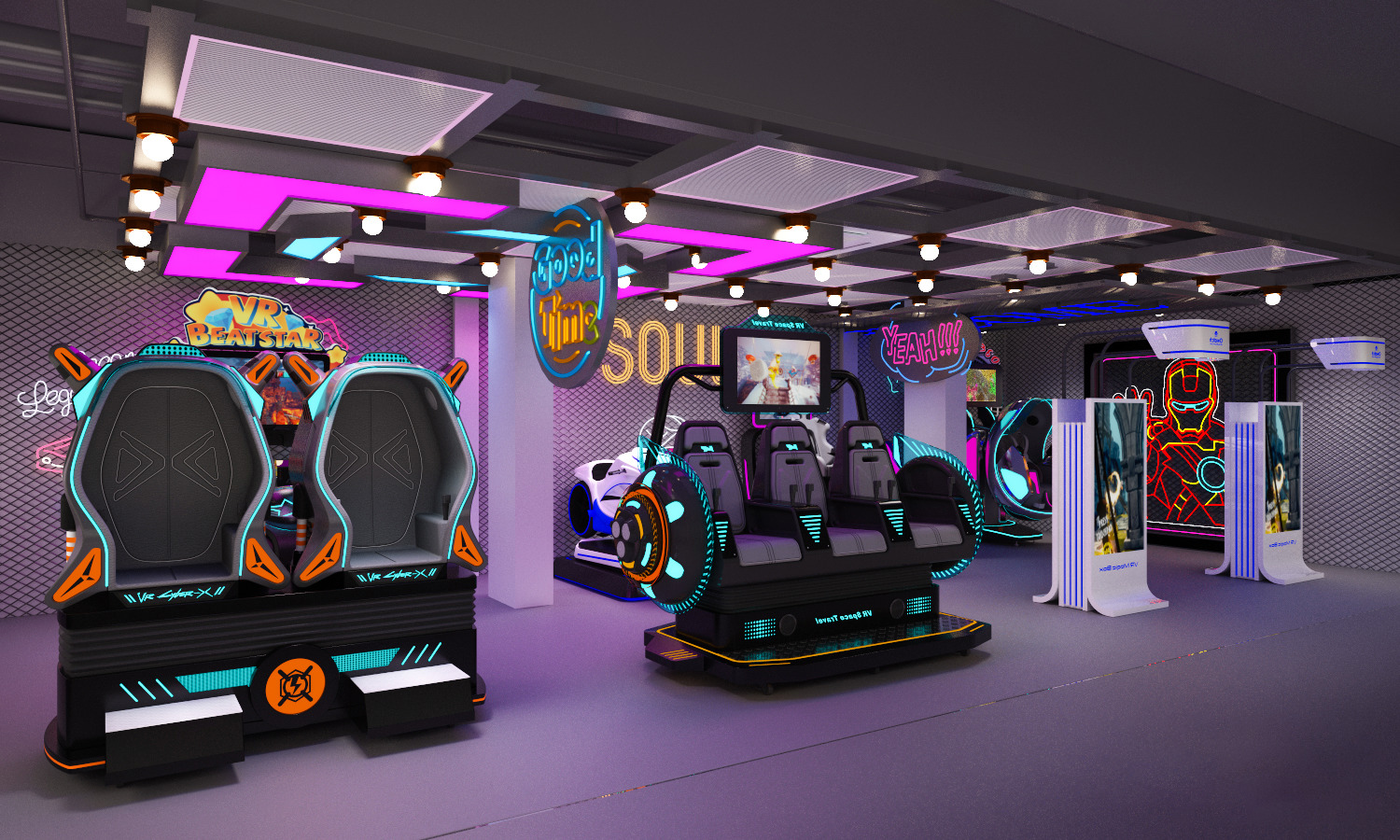Virtual reality (VR) technology, as an emerging field that has developed rapidly in recent years, is gradually changing people’s lifestyle and entertainment experience. Through advanced VR technology, users can experience the virtual world in person and enjoy a new immersive and interactive experience. This article will delve into the current situation of the VR industry and analyze its future development trends.

1. VR Industry Market Development Status
Shipments and market size
According to IDC data, China’s AR/VR market is expected to ship 535,000 units in 2024, a year-on-year decline of 26.3%. However, IDC also predicts that China’s AR/VR market will usher in a long-awaited recovery in 2025, with shipments increasing by 114.7% year-on-year in 2024.
Globally, the VR/AR headset market achieved growth in the third quarter of 2024 after a period of decline, with shipments increasing by 12.8%. Meta is far ahead with a market share of 70.8%, and Sony PSVR2 ranks second with a market share of 6.7%.
Data from iiMedia Research shows that China’s virtual reality market is on an upward trend, reaching 112.60 billion yuan in 2023, a year-on-year increase of 22.8%; it is expected that by 2028, China’s virtual reality market will reach 212.59 billion yuan.
Technological innovation and product iteration
In the field of hardware, VR headsets have achieved revolutionary breakthroughs, with significant improvements in resolution, refresh rate and wearing comfort. For example, Apple Vision Pro is equipped with Apple M2 and R1 chips, a high-transparency Micro-OLED display, 23 million pixels, and a built-in 3D camera for taking depth photos and 3D videos.
In terms of software and content innovation, through continuous optimization of cutting-edge technologies such as gesture recognition and eye tracking, we have brought users a more immersive and natural interactive experience. Developers use these new technologies to create rich and diverse virtual worlds.
Application scenario expansion
VR technology has broken through the single entertainment field and expanded to education, medical care, industry, tourism and other fields. For example, in the field of education, VR technology can provide an immersive learning environment and experience; in the medical field, VR technology can provide virtual operating rooms and diagnostic systems; in the industrial field, VR technology can provide virtual simulation platforms and digital twin systems; in the tourism field, VR technology can provide virtual tourist attractions and guided tours.
2. VR industry market prospects
Shipment growth expectations
IDC predicts that under the influence of factors such as new product releases and rising consumer demand, shipments of VR/AR devices are expected to grow by 46.4% in 2024. Moreover, shipments are expected to maintain a high growth rate in the next few years.
Market size expands
With the continuous advancement of technology and the expansion of application scenarios, the market size of the VR industry will continue to expand. It is estimated that by 2026, global VR/AR headset shipments will reach 35.1 million units, and China’s AR/VR market IT-related expenditures will increase to US$13.08 billion.
Policy support and capital investment
Governments of various countries attach great importance to the development of the VR industry and have introduced a series of policy measures to promote its healthy growth. In addition, with the advent of the metaverse era, more terminal manufacturers will accelerate their entry into the VR/AR market to provide more financial support and technological innovation for the industry.
3. VR industry market trends
All-in-one trend
The trend of VR/AR all-in-one continues to stand out. The all-in-one design further lowers the threshold for VR/AR use and becomes a major trend. For example, Meta Quest 3, Apple Vision Pro, etc. are all-in-one designs.
Lightweight and improved comfort
As users’ requirements for wearing comfort continue to increase, lightweight has become an important development trend for VR/AR devices. For example, AR glasses are ushering in a lightweight trend, and 50g~100g has become the mainstream weight level of AR glasses this year.
Mixed reality technology integration
Mixed reality technology will become an important development direction for the VR/AR industry in the future. By combining the technical advantages of VR and AR, mixed reality devices will provide users with a more immersive and natural interactive experience. For example, Apple Vision Pro takes the MR mixed reality route, pursuing the integration of VR and AR.
Improvement and diversification of content ecology
With the continuous advancement of VR/AR technology and the expansion of application scenarios, the content ecology will be further improved and diversified. For example, creating high-quality, highly interactive VR works in the fields of games, film and television, animation, etc.; providing rich VR application solutions in the fields of education, medical care, industry, etc.
In summary, the VR industry market has broad development prospects and huge market potential. Driven by policy support, technological innovation and R&D investment, and market competition, the VR industry will continue to maintain rapid growth. At the same time, with the development of trends such as all-in-one, lightweight, mixed reality technology, and the improvement and diversification of content ecology, the VR industry will usher in a broader development space and richer application scenarios.
More detail at our website: www.stekiamusement.com
Add.: 3rd Floor, No.1 Rongling RD.,Zhushan, Shiqi, Panyu District, Guangzhou, Guangdong,China / PC:511450
Phone: +86 18922708522 / +86 20 28991474
Facebook: https://www.facebook.com/Owatch-9D-Virtual-Reality-Simulator-811882662329537/
 Translate
Translate